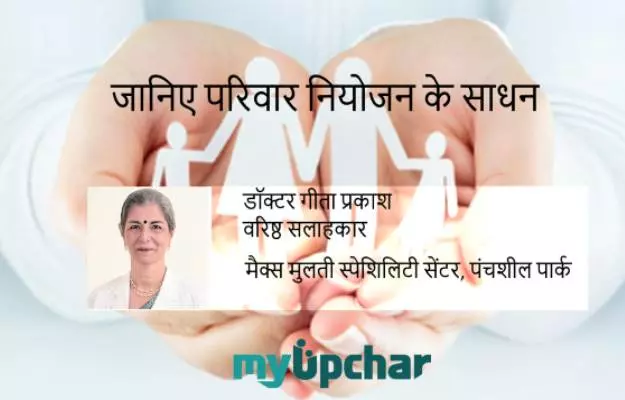This includes methods that take into consideration the highly fertile phases of a woman’s reproductive cycle to avoid conceiving. Also known as fertility awareness, this consists of tracking calendar of your menstrual cycle, basal body temperature and cervical mucus. (10)
Calendar tracking
This method is mainly aimed at determining the most fertile time of your cycle. To find such days accurately you need to track your menstruation for about a year, starting from the first day of your menstruation. This would help you know the variations in your cycle.
The fertility window is generally from the 8th day to the 21st day of your cycle, however, it may vary in different women.
It is better to avoid having sex during this window if you are looking forward to avoiding pregnancy.
Basal body temperature
The body temperature of a woman rises anywhere between 0.4 to 1℉ on the day of ovulation and remains so until menstruation. Taking your daily temperature with a basal thermometer would let you know these slight changes in your body and the onset of your fertile period so you can take steps accordingly. However, it is not a reliable method since the body temperature may rise with illness, environment, alcohol or other factors.
Cervical mucus
Just like your body temperature, the consistency of your cervical secretions also change over your menstrual cycle. Following a dry period of about 3-4 days after your menstruation, the amount of mucus starts to increase until it becomes slippery, white and clear till the 9th day, marking the wettest day. Ovulation occurs within 2 days of this secretion.
Lactational amenorrhea
Lactational amenorrhea is yet another type of natural family planning method which relies on breastfeeding as a method of contraception. In lactational amenorrhea, a woman’s ovulation and menstruation are delayed due to the effect of prolactin, a hormone released in women during breastfeeding. As long as the child is exclusively breastfeeding (not taking anything apart from breastmilk), the hormone keeps on suppressing ovulation which acts as a natural contraception method then. However, this is only effective till the baby is 6 months of age since he/she needs more additions to the diet apart from breastmilk. Reduction in breastfeeding causes the prolactin levels to decline, which, in turn, makes the menstruation to return.
Also, this method could not be effective in protecting the woman from STDs and is hence ineffective as a good contraceptive.
Withdrawal method
Coitus (sexual intercourse) interruptus is also classified under natural family planning methods, this includes pulling out the penis from the vagina before ejaculation to avoid sperms from reaching the ova. However, it is not very effective as the semen may leak into the vagina before ejaculation and the person may not be able to withdraw on time. (11)


























